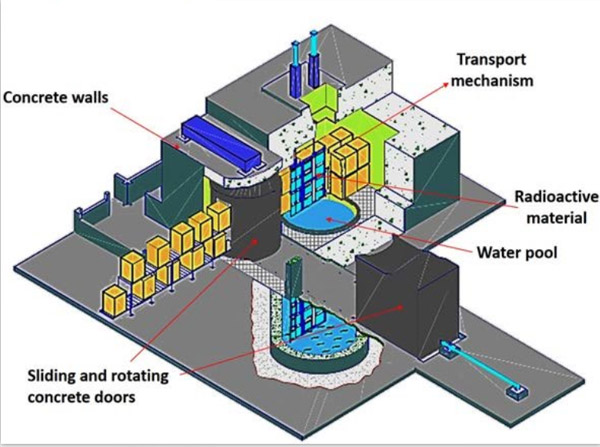Irradiation sterilization of feed
Writer: Sterilization Time: 2019-08-22 Browse: 858 ℃
The advantages of irradiation sterilization of feed are as follows
Radiation has a strong penetration ability, can quickly kill all kinds of microorganisms including Salmonella, mold, E.coli, and also can kill parasites, eggs, mites, etc., and there is no dead angle of sterilization. The packaged feed will not be polluted again after irradiation. It has been reported in the literature that the rabbit material irradiated by 3kGy can reach the bacterial index in GB 1492494, and the mould number after 4kgy irradiation has met the International (100 g) requirements. Studies have shown that it is difficult to detect the presence of bacteria in feed by conventional methods after irradiation with 25kgy dose. Such feed will not cause pathological or specific immune reaction in animals. The feed irradiated with 5 ~ 50kgy dose was cultured with live bacteria at 0 d after sterilization, and the main nutritional components were determined to determine the shelf life of irradiation sterilization. The results showed that the feed sterilized with 25kgy dose still grew aseptically after preservation, and the storage period was enough to meet the actual needs.
Less nutrient loss
The loss rate of nutrients in animal feed after different sterilization methods is different, the loss of vitamins is more, the loss of protein is the second, and the loss of trace elements is the least. Most of the nutrients are very stable to radiation, and there is no great loss of radiation. However, some factors (such as water, oxygen, temperature, etc.) will affect the exposure of nutrients. Vitamins are more sensitive to ionizing radiation. However, on the other hand, some components in food may react with the intermediate group of vitamins to restore the original vitamins, thus reducing the loss of vitamins. According to the report of the FAO / AEA / who joint expert group, the contents of carbohydrates, lipids and proteins are not significantly affected by high-dose irradiation (> 10kGy), Although it can decompose some vitamins, its damage degree is much less than that of high pressure steam sterilization. Domestic studies have also confirmed that after irradiation sterilization, the basic nutrients such as crude protein, crude fat and carbohydrate have no obvious change, and the loss of vitamin content is less than that of high temperature and high pressure sterilization.
The feeding effect of animals is good
The main factor affecting the growth and development of experimental animals is nutrition. In addition, the number of microorganisms in the feed can also affect the growth, development and reproductive performance of experimental animals. It has been reported that the molds in feed are mainly Aspergillus niger, Aspergillus versicolor, Penicillium oxalate and yeast like fungi. The bacteria contaminated include Bacillus subtilis, Clostridium aerobic, Klebsiella, etc. some of them seriously affect the digestion and absorption capacity of animals, resulting in growth retardation, and even death. Irradiation feed can avoid these hidden dangers and ensure good growth state and reproductive ability of animals.
The experiment proved that the food after high dose irradiation had no adverse effect on the metabolism of three major nutrients (protein, fat and sugar). Even after 56 kGy irradiation, the bioavailability of macronutrients was not affected. The results showed that the protein utilization of the irradiated feed was similar to that of the non irradiated feed.
The irradiation sterilization of animal feed also has the advantages of rapid, no chemical residue. The radiation sterilization at room temperature does not change the hardness of feed particles, and does not affect the best sterilization method of technical materials for animals.
